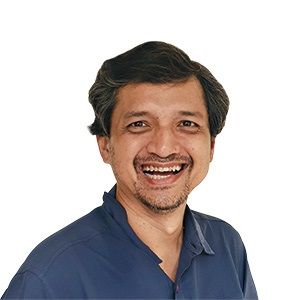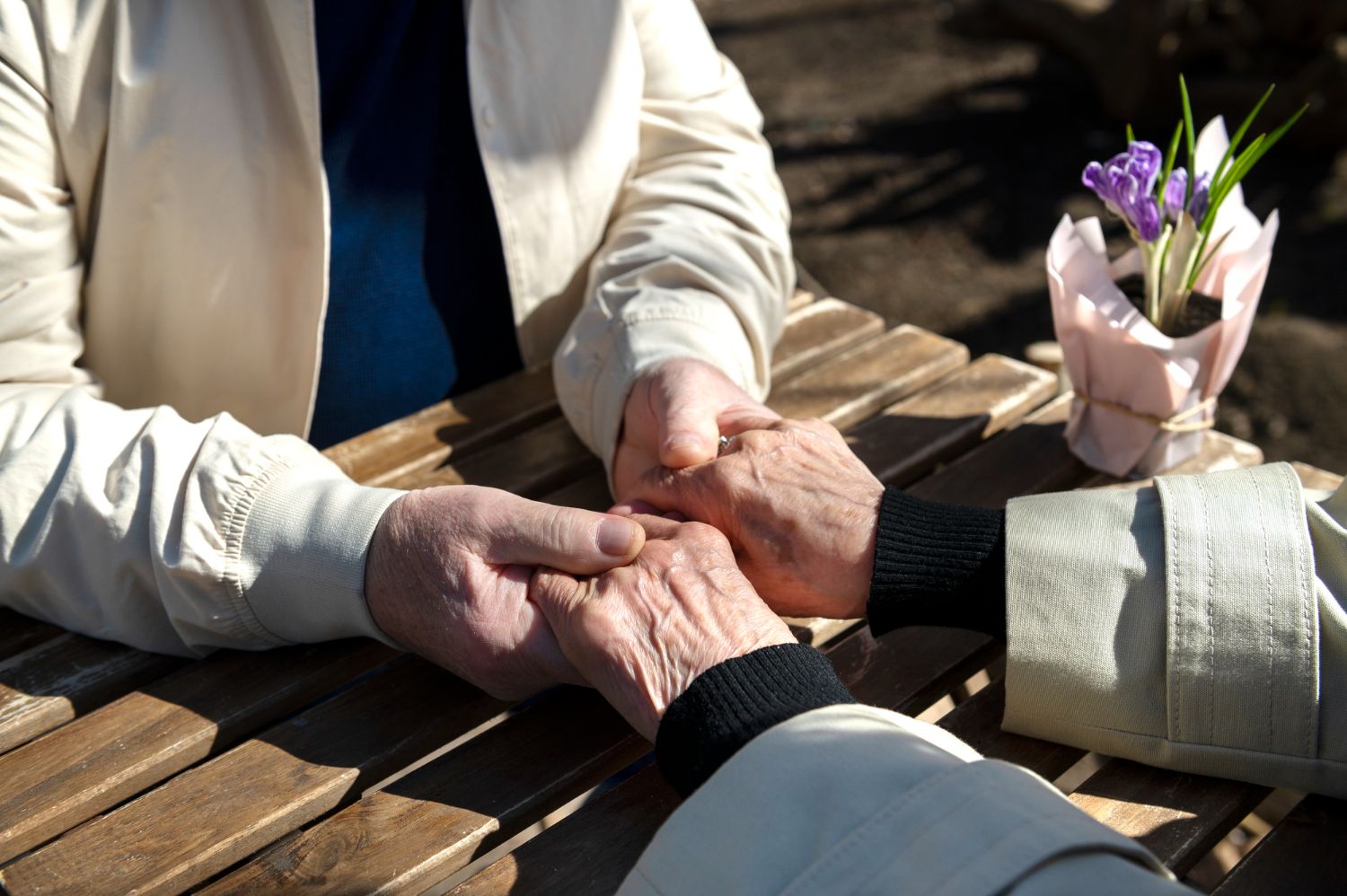Rethinking senior care in Singapore with innovation and technology
)
By 2026, Singapore is set to become a ‘super aged’ country – defined as one where over 21% of the population is aged 65 and above.
The country is one of the fastest-ageing countries in the world. In 2010, around one in ten Singaporeans were above 65 years of age. This figure quickly rose to one in six by 2020, and is projected to reach one in four by 2030. At the same time, Singaporeans enjoy one of the highest life expectancies globally, at 83.5 years (as of 2024).
These demographic trends are creating surging demand for healthcare and eldercare services. The Ministry of Health estimates that by 2030, around 100,000 seniors will require help with at least one daily living activity.
Capacity has been expanding to meet these needs. The number of nursing home beds has increased from 13,000 to 16,200 over 2016 to 2020, with plans to nearly double to 31,000 over the next decade.
Under the Healthier SG blueprint, the three national healthcare clusters have shifted focus from reactive care to preventive care, looking at increasing healthspans rather than lifespans – ensuring that seniors spend more of their later years in good health, through empowering them to take care of their own wellbeing.
Innovations at Kwong Wai Shiu Hospital
 |
This transition is crucial, given Singapore’s limited land and resources which limits the extent to which healthcare infrastructure can expand, said Johann Annuar, Director, Technology & Innovation at Kwong Wai Shiu Hospital (KWSH). |
KWSH currently runs two nursing homes with a total of 1,200 beds. It also offers a wide range of services including inpatient care, rehabilitation, Traditional Chinese Medicine (TCM), community care and home care, delivered by a team of over 1,000 healthcare and support professionals.
The sector’s manpower needs will only soar in the years to come, Johann noted.
“The fact is that nursing homes are manpower-intensive. The last point of contact with our clients and residents must be with a person, for example in helping them with personal hygiene,” he said.
“We need to give more thought to how we can innovate, particularly in reducing non-healthcare tasks so that our healthcare workers can focus on direct patient care.”
Johann runs the Centre of Excellence for innovation in senior care, which works with partners to develop innovations and technologies tailored for seniors. The team also looks at solutions around boosting operational efficiency, such as AI-driven speech-to-text solutions that help with documentation, and automated nurse rostering.
The new nursing homes run by KWSH are envisioned to be smart nursing homes, supported by technologies such as robots for fall detection and wayfinding.
Developing Singapore’s unique senior care model

The need for new senior care approaches is not unique to Singapore. Innovative models and concepts have emerged in other countries similarly facing ageing populations, including the Hogeweyk dementia village in the Netherlands. Designed with the aim of deinstitutionising healthcare and providing an inclusive, safe living environment for people with dementia, the village replicates a real-world neighbourhood with streets, restaurants, grocery stores and theatres, but with professional care and support behind the scenes.
Over in Japan, Hotch No Lodge in Nagano emphasises close engagement, social interaction and skill-sharing between older adults and the local community. It offers a communal kitchen for all to cook together, and organises workshops where older adults pass on skills and wisdom.
Nonetheless, while these models offer valuable insights, they cannot be directly transposed into Singapore, Johann emphasised. Senior care models need to be aligned with local cultures and contexts, and importantly, aligned with what the seniors themselves desire.
“What’s important is understanding what our seniors want – how they want to grow old may be very different from that of seniors in other countries. For instance, we have a very family-oriented culture in Singapore, which means we could lean towards supporting seniors to age at home with their loved ones – through grants for domestic helpers or installation of fall detectors, for instance.”

